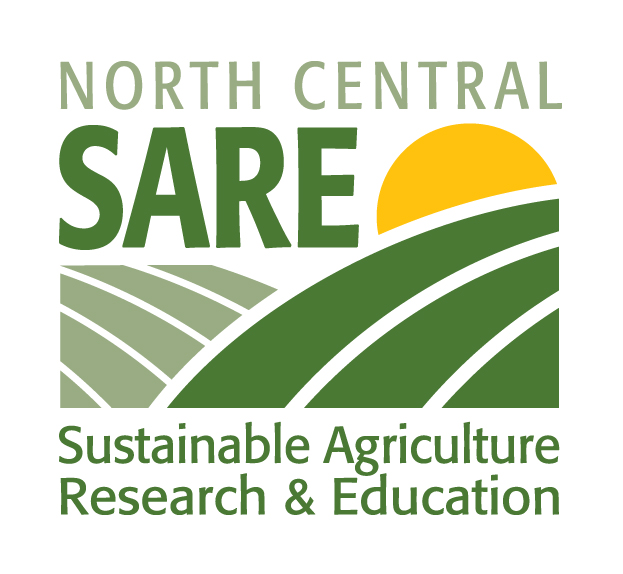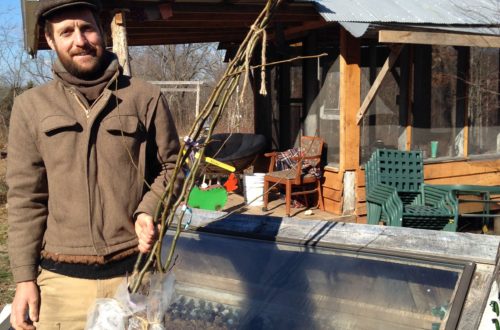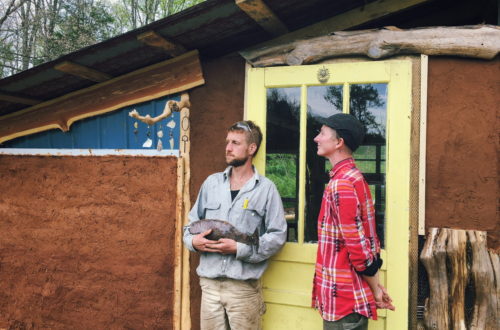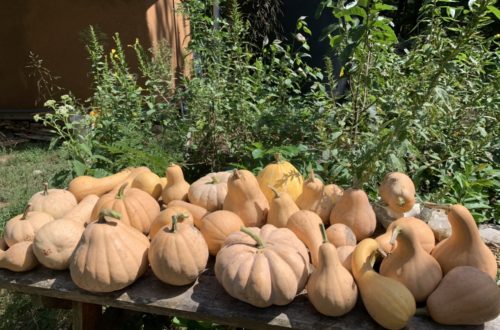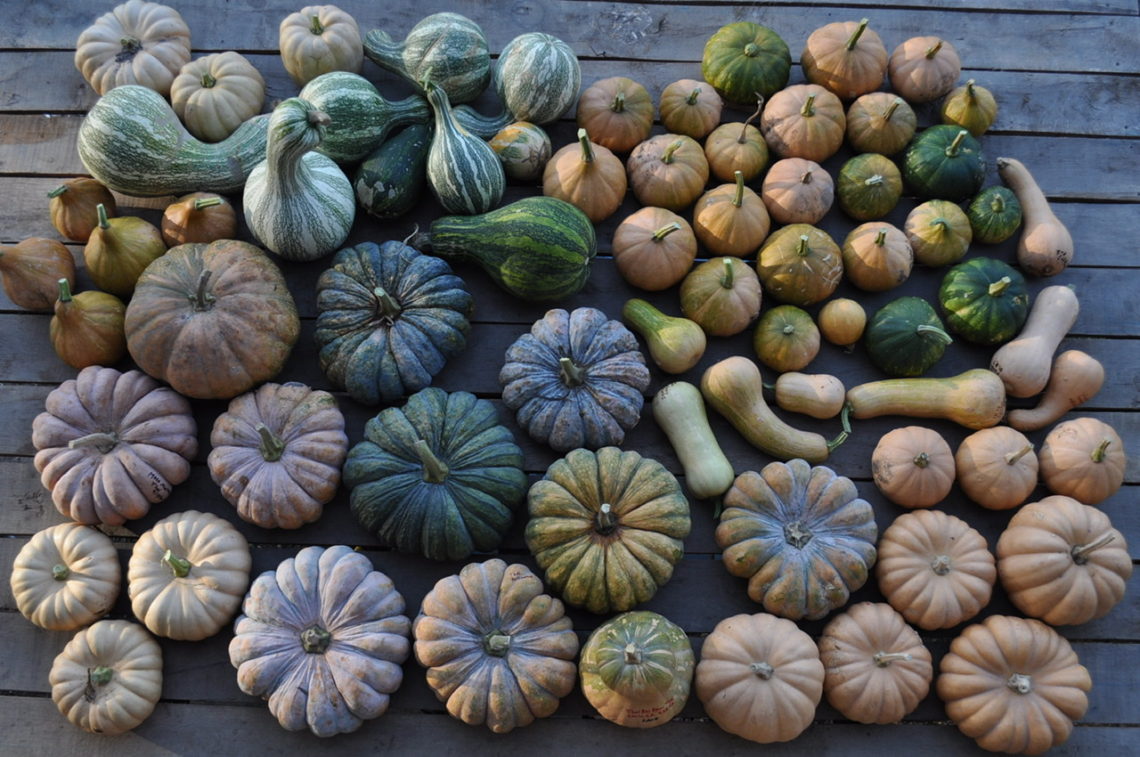
Breeding C. Moschata for Squash Bug Resistance (Introduction to SARE Grant 2021)
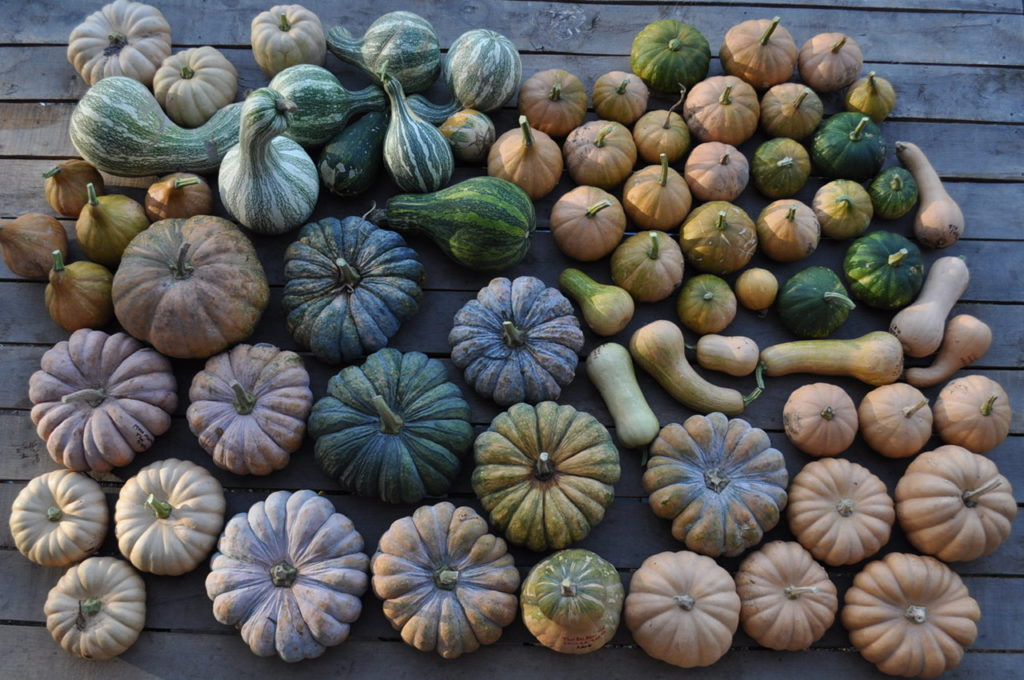
If you’ve gardened anywhere where there are squash bugs (Anasa tristis), you know how hard it can be to grow squash when they’re present.
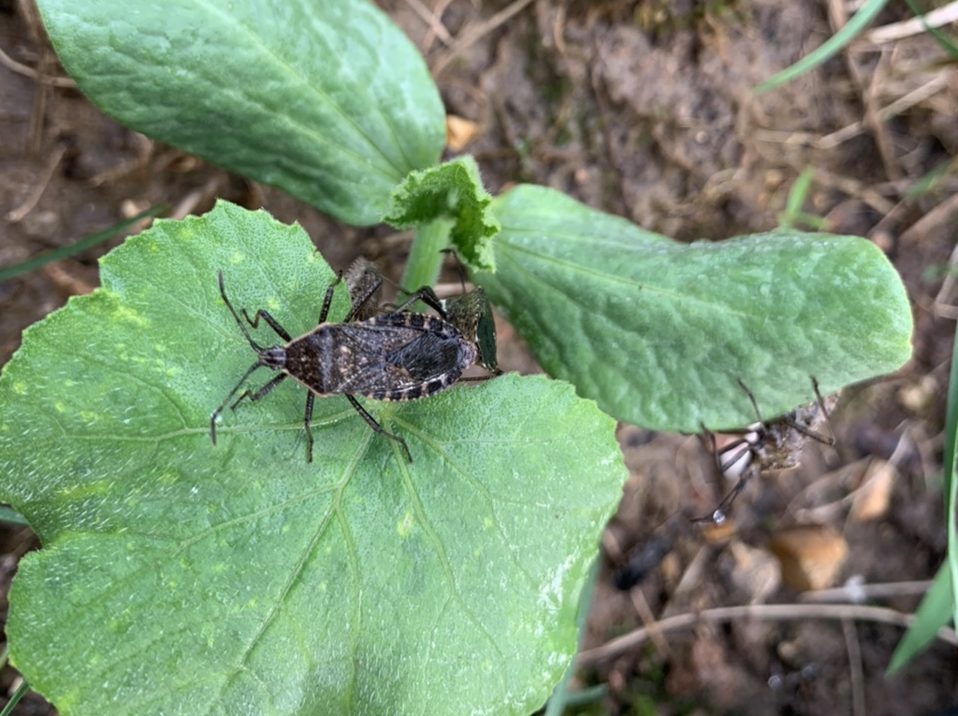
The greyish brown armored bugs will mate profusely all over squash and cucumber plants, laying neat rows of eggs on the leaves which spring forth in masses of bright blue young ones. Known for not only damaging the plant itself from feeding on it and sucking sap, they also can spread Cucurbit Yellow Vine Disease (CYVD) which causes the plant to wilt and die. Many farmers spend a lot of time managing this pest whether picking or vacuuming them off, using row covers, planting trap crops, spraying, etc. I am curious if there is another way.
When Ini and I first moved to the Ozarks in 2016, we grew squash varieties that we had grown to love in other gardening locales. Many of them were from the Cucurbita maxima species and included varieties like Tokyo Blue, Red Kuri, Hubbards, and others. For two years in a row, our plants would start off looking great and then once they had put on one or two fruits, they’d turn yellow, wilt and die before the fruits could mature (common symptoms of CYVD). As we love squash, we were really discouraged. Talking with local gardeners we found that many people give up on growing squash in this region.
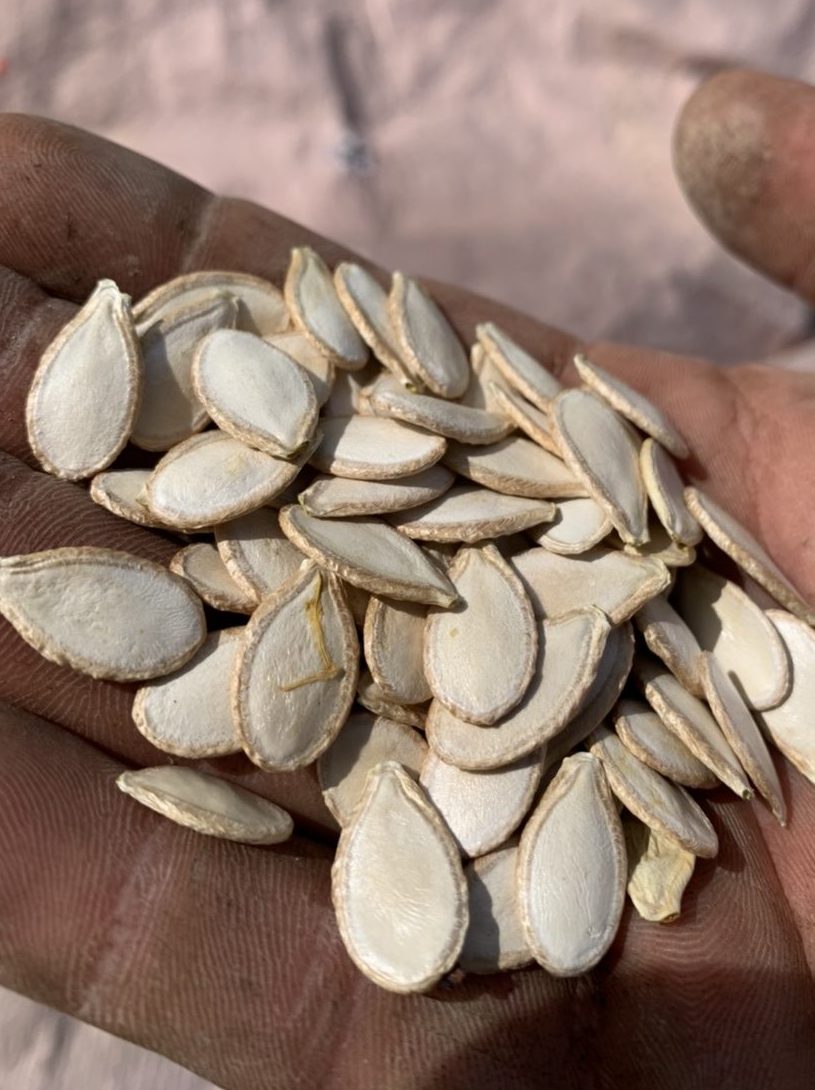
The next year we traded our friends at Oran Mor for a squash grown by a man named Arnie in Ava, Missouri. It was a (Long Island) Cheese type that we call Ozark Cheese. We were able to get three mature squash that fall and we were so excited. Cheese types belong to the C. moschata species which are overall known for being hardier and more resistant to bugs and their diseases.
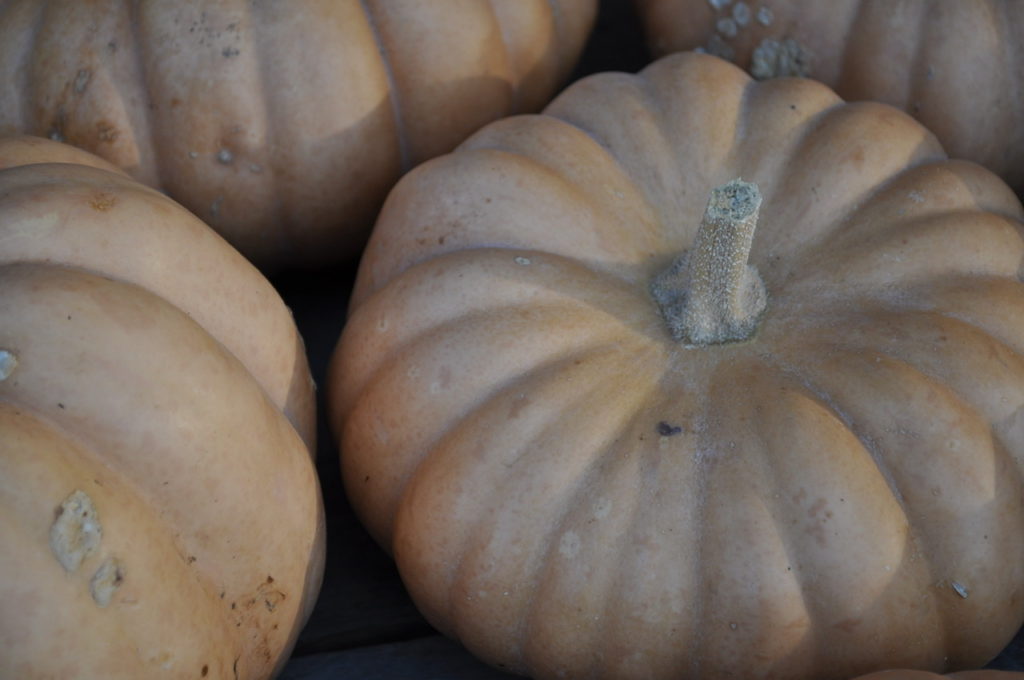
That winter (2019) I came across a video by Rob Greenfield who foraged and gardened all of his food for a year(!). What intrigued me was a little squash he was growing that he mentioned was tolerant to pests and bugs in his Florida climate. It was a primary staple for him.
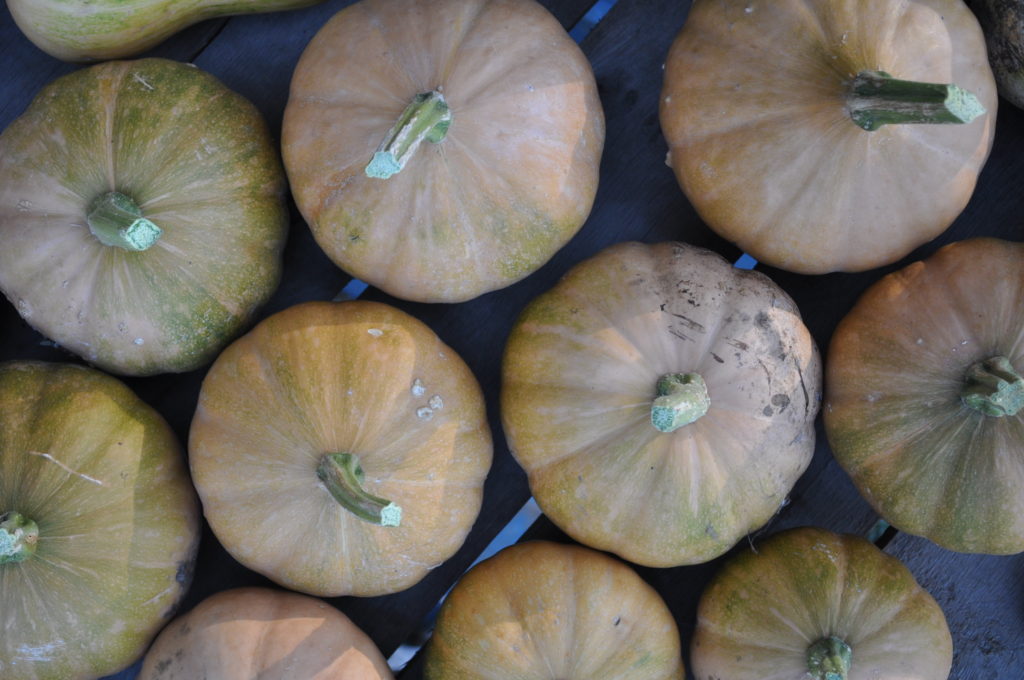
This squash is known as the Seminole Pumpkin (also C. moschata) and becoming familiar with this squash that has an incredible history and culture has, at the risk of hyperbolizing, forever changed my life. It has shown me what is possible in the realm of squash. The Seminole Pumpkin was grown by the Seminole natives in the Everglades. Growing in that climate is no small feat (facing incredible moisture, pest pressure, heat, etc) and as ground storage isn’t an option in the swampy ground, they had a culture of encouraging the plant to climb standing dead trees where it would get off the ground, mature and hang until they wanted to harvest it. This harvest strategy also aided them in their war against the Spanish as the hanging fruits provided ready food throughout their territory in times of need. Thank you to the Seminole Nation for this squash!
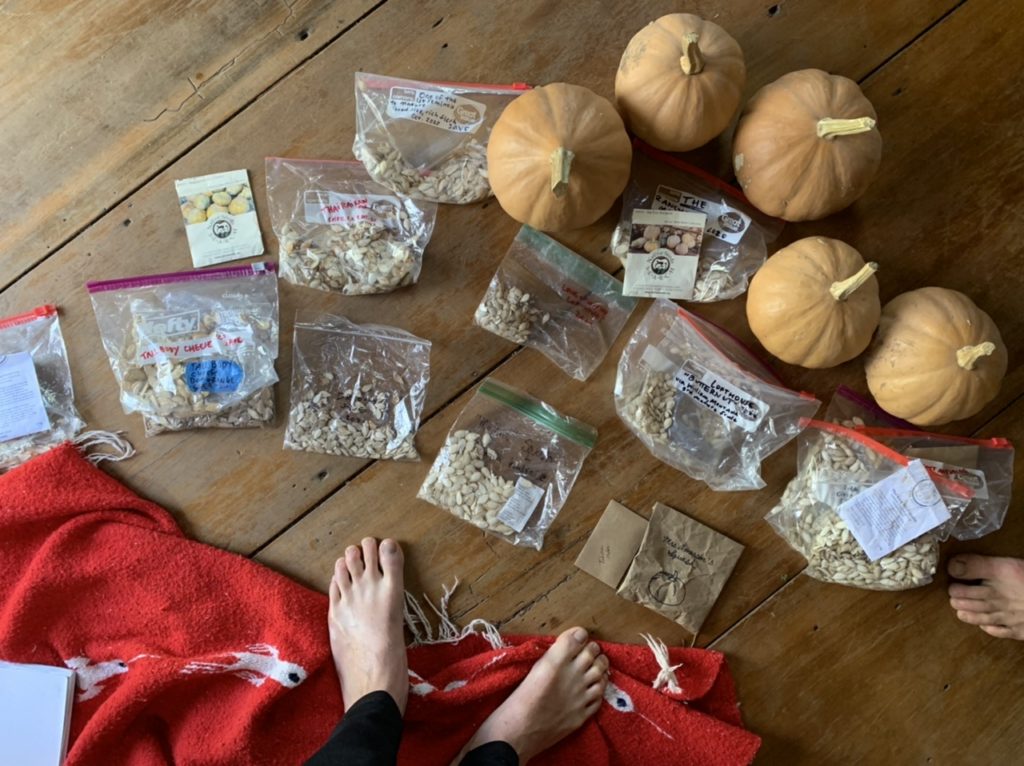
As I was researching the Seminole Pumpkin and searching the internet for ways humans manage squash bugs or if there are any varieties that can withstand this pest pressure, I came across a post on permies.com where Joseph Lofthouse was talking about his landrace gardening method. He encouraged the original poster, a woman like me living in Missouri having trouble growing squash, to grow a wide variety of genetics and save seed from whatever survived, a method he practiced with great success in his high altitude mountain/desert climate in Utah. As I read further, I became invigorated with what he was saying and read everything I could find on the subject of landrace gardening. Lofthouse recently came out with a book, Landrace Gardening: Food Security through Biodiversity and Promiscuous Pollination, which I would recommend to learn more about his experiences and projects which are inspiring and informative.
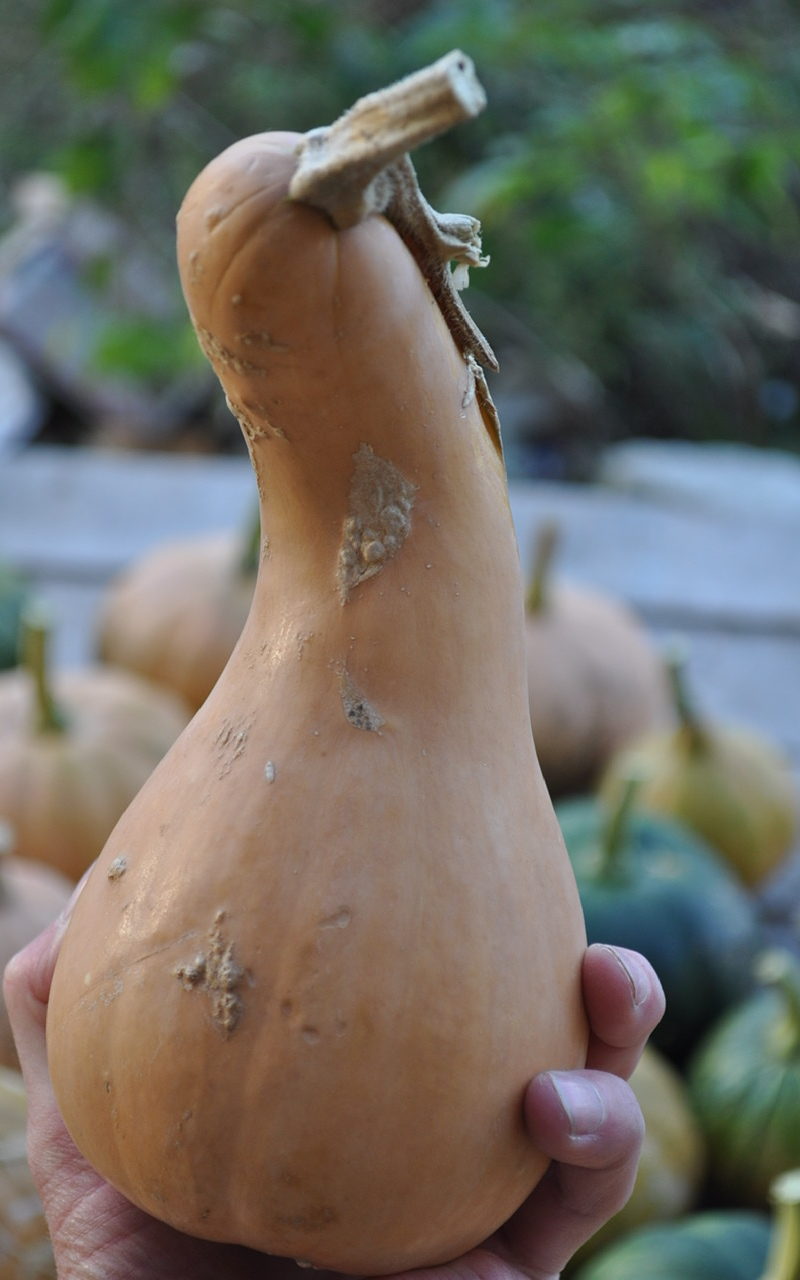
Landrace gardening takes a drastic turn away from our current purity driven seed saving culture in which we fossilize varieties through inbreeding them in an effort to maintain precise phenotypes. For example, we grow a butternut squash and save the seeds from it, often being careful not to let it cross so that we can retain the phenotype (look and characteristics) of the original squash. We want to know what we are getting and we want it to be uniform. Squash love to outcross so there are a lot of tutorials online about how to hand pollinate and “save pure seed”.
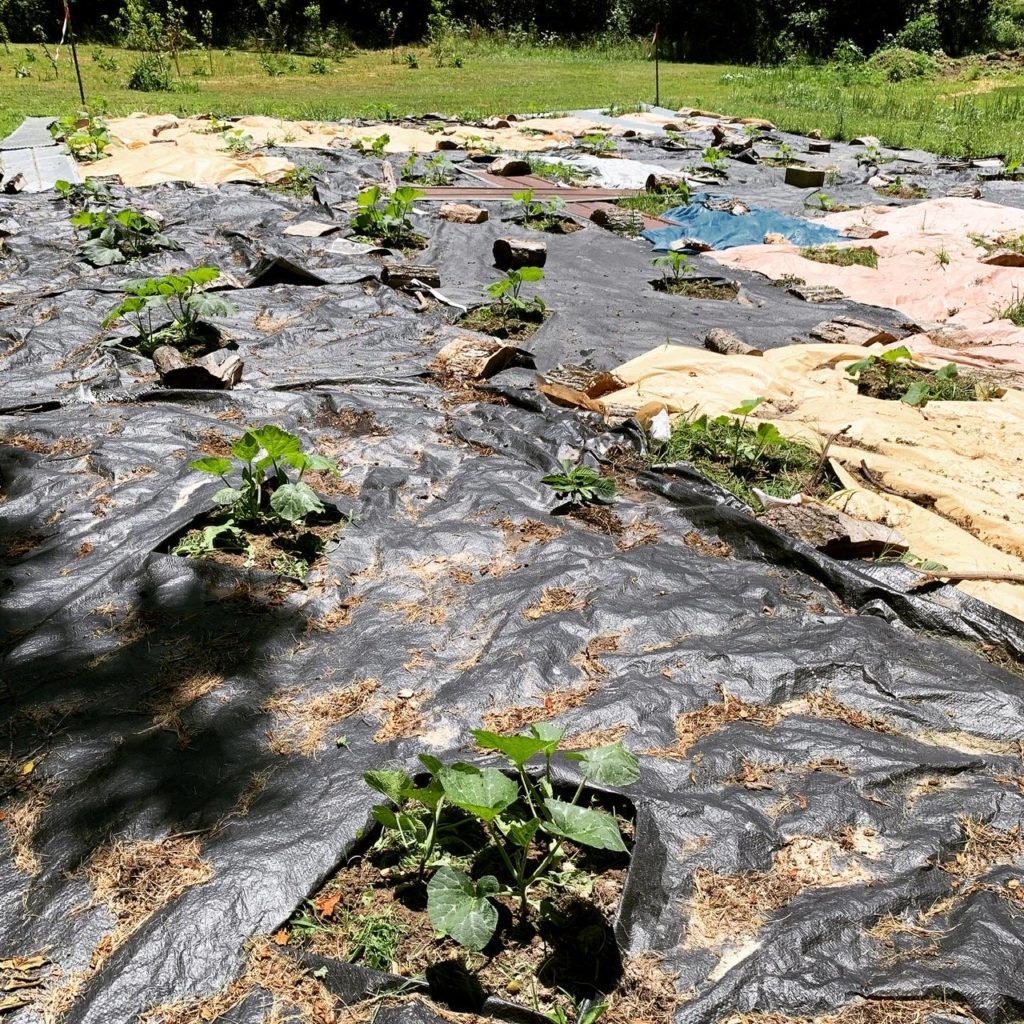
Lofthouse introduced me to a different angle – instead of worrying about keeping a line the same, there is strength in crossing.
Widening the pool of a seed lineage allows it to carry more genetic information, information that can provide resistance against a certain pest, contain increased vigor, etc. Increase in diversity also allows us to select for qualities that work in our specific locale. For Lofthouse, his climate has a very short growing season so in saving whatever matures for him he has shortened his squash days to maturity from the usual 95-120 days to 85 days.
In 2020 I decided to try to grow some C. moschata varieties that from research I had gathered were hardier and more resilient to pest pressure. In an effort to allow the lines to blur between the distinct varieties and share genetics, I let them cross pollinate at will, which I’m sure happened with great success given our abundant honeybee hives on site. I grew Thai Kang Kob, Seminole, Ozark Cheese, Rancho Marquez (a landrace from Sonora Mexico), and a Lofthouse crossed with Thai Raw Ka Tok mixed with Butternut.
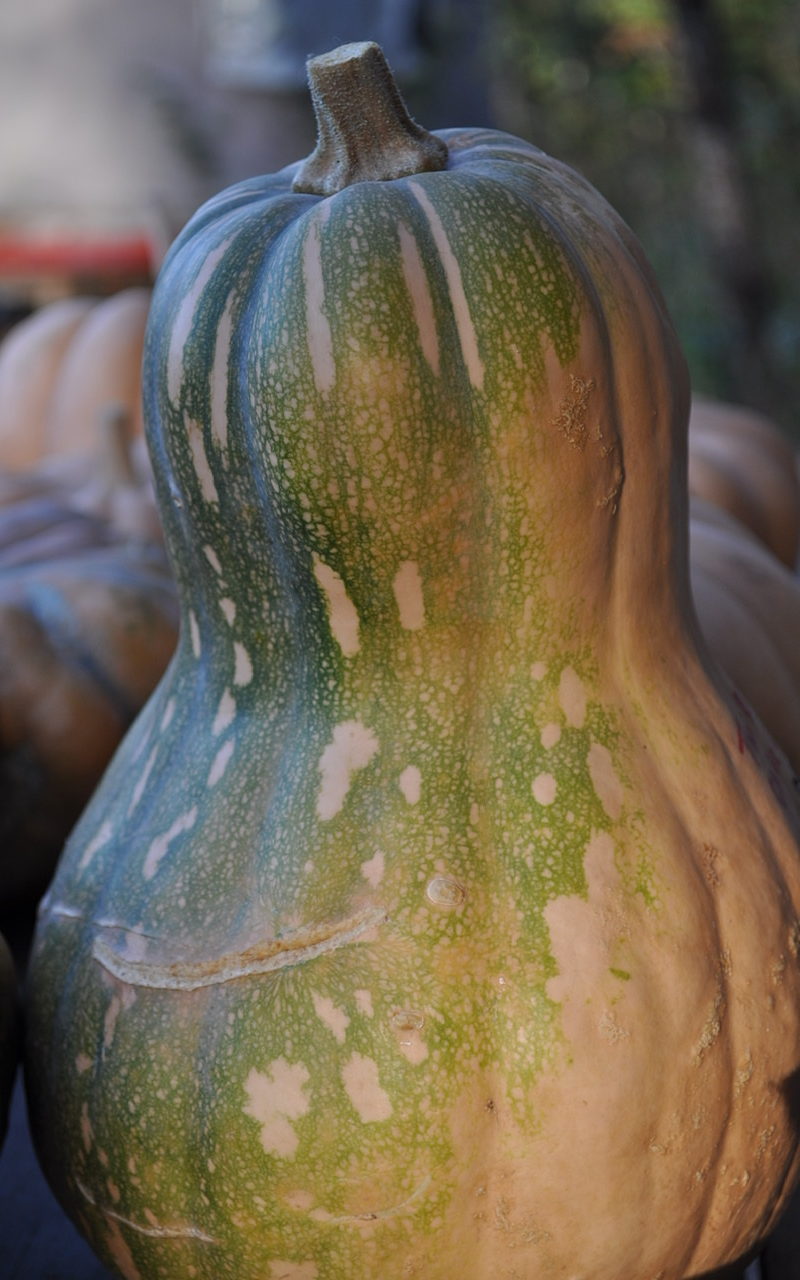
I also grew South Anna, a Seminole Waltham Butternut cross from Commonwealth seeds (Edmund Frost is doing some great breeding work!), and a Seminole/butternut cross bred by some folks in the Dancing Rabbit Ecovillage in Northern Missouri. Outside of C. moschata I branched out and grew Green Striped Cushaw (C. argyosperma) which grew amazingly amidst all of the pest pressure! That’s a real keeper!
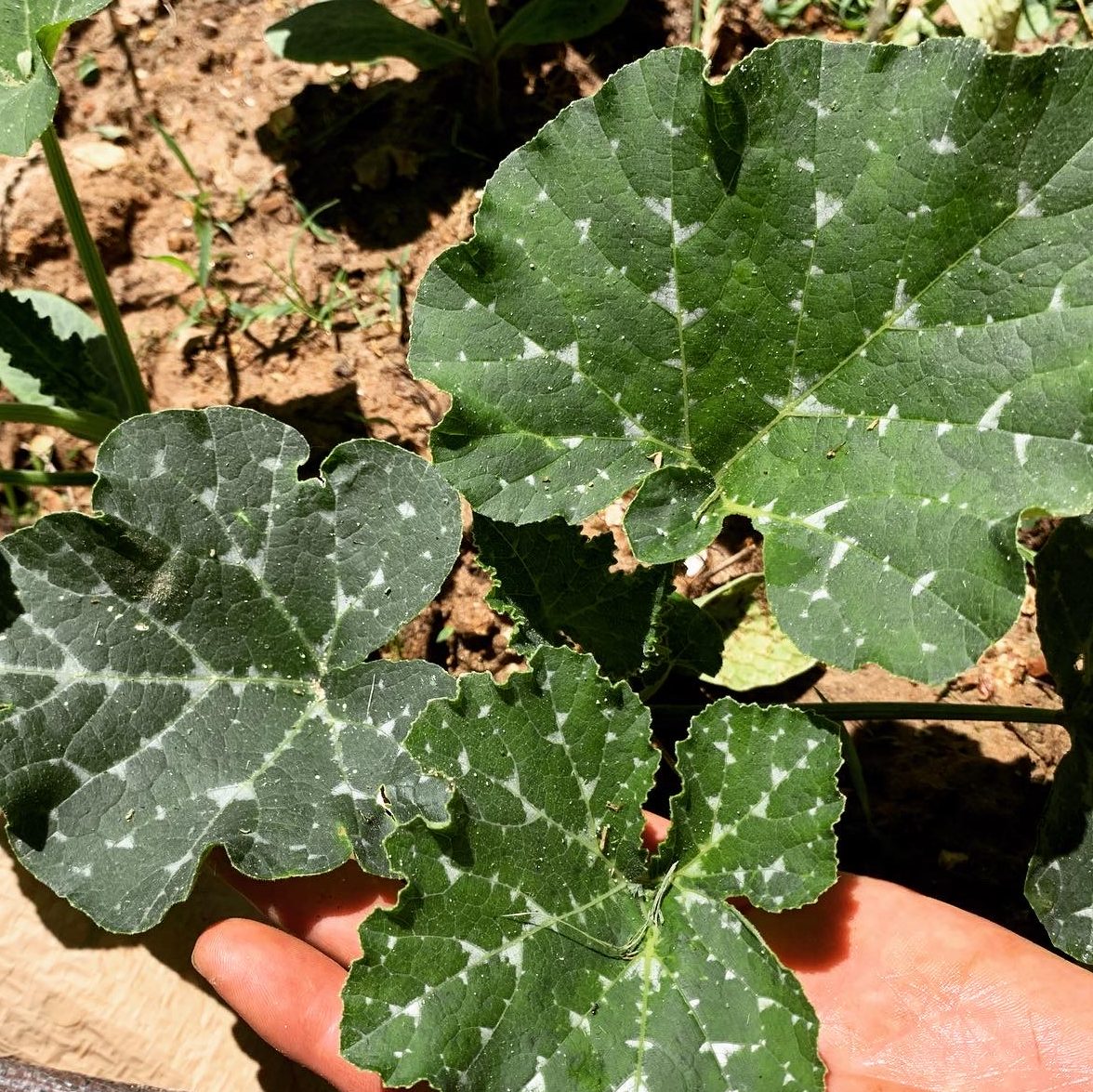
All told, we had the most successful year of squash growing we’d ever experienced. We got dozens and dozens of squash and many of the plants would have kept producing if not for the frost. Before our plants had always died because of the squash bug damage and wilt from the bacteria they transmit. Prior to their death we were lucky if they produced 1 or 2 fruits. After the 2020 growing season I was very encouraged to continue growing and crossing squash in an effort to breed a variety specifically adapted to our conditions in the Ozarks.
In fall 2020, I applied for a SARE grant to support my squash research. In searching the literature on squash in relation to squash bugs, I was surprised to see that no one had focused on this specific interface. There had been research done in relation to Powdery Mildew and Squash Vine Borer, but no one had tried to breed a variety that could withstand the pressure of Squash bugs. Researchers have also not identified genes (as far as I’m aware) that are resistant to Cucurbit Yellow Vine Disease.
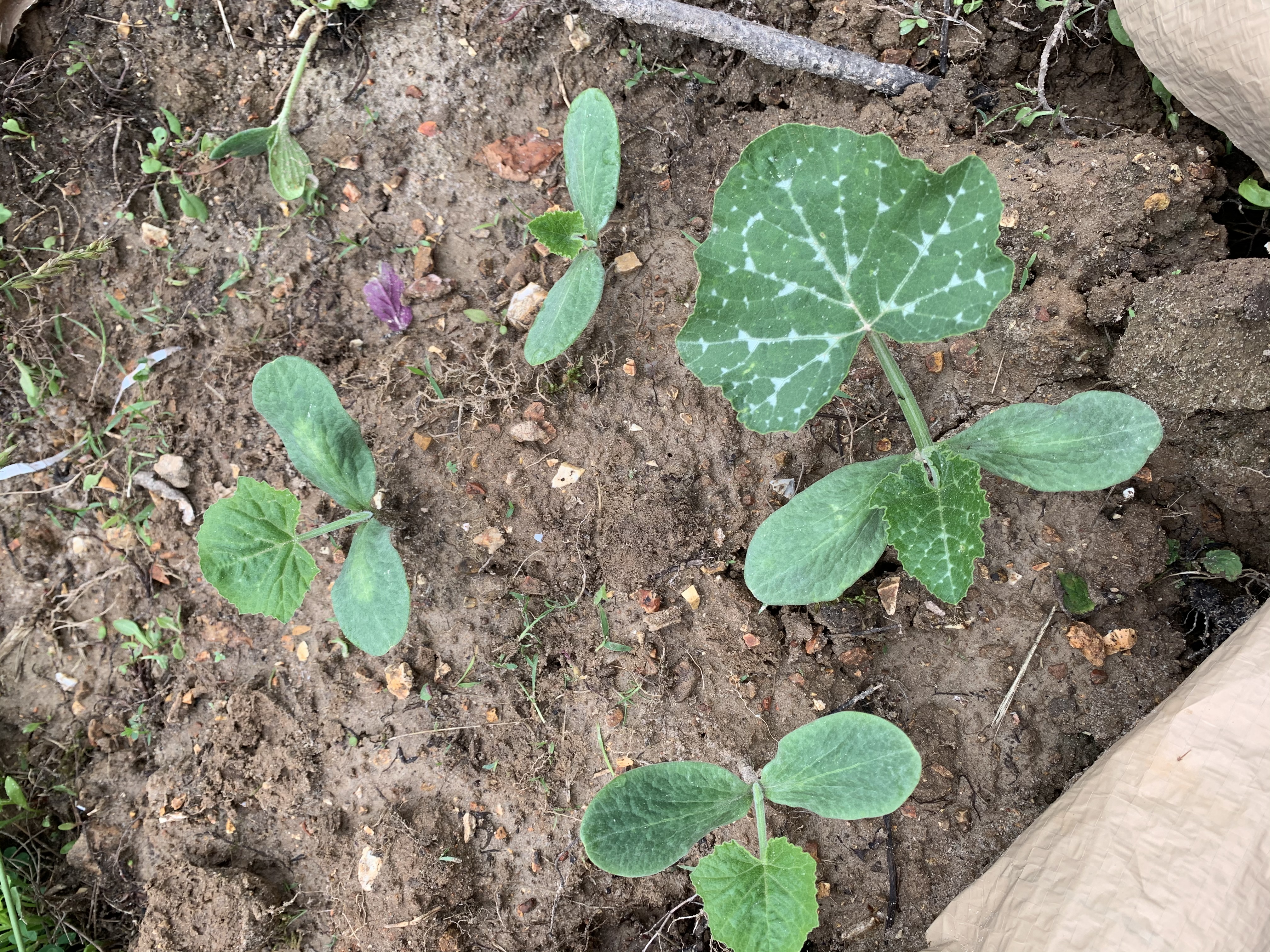
This year I am growing out 100 squash plants of varying backgrounds in an effort to see if I can locate genetics that are hardy in the face of these challenges.
Some squash like the Thai Kang Kob seem to out compete squash bug pressure through sheer vigor. Seminole acts along these lines as well, but it also expertly roots at the nodes as it grows and shows incredible pest resistance. I have witnessed an older part of the plant wilted and dying while a younger section, rooted as it goes, continues trailing along putting on flowers and setting and maturing fruit.

As part of the control for the experiment I will not manage for squash bugs whatsoever.
I must say visiting my plots and already witnessing some of the plants covered in mating squash bugs is a little intimidating. In the past I have worked to pull the bugs off and rub their eggs to reduce populations, although some always carry on. Yet for this experiment I am very curious what plants can thrive in the face of such pressure.
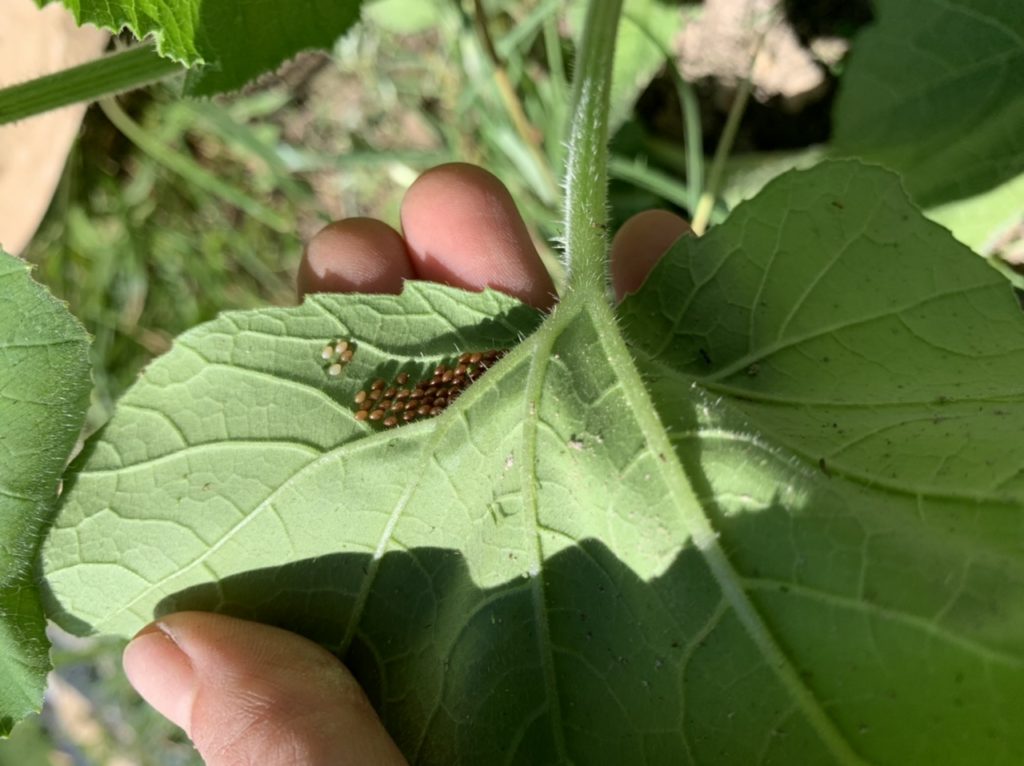
The lens of landrace gardening has encouraged me to look at plant/bug/human evolution in a whole new way. Our modern paradigm encourages us to look at the garden as a type of war zone where the pests are invading our crops and we must manage or eradicate them. To me landrace gardening asks whether we can work with the powers of genetic selection to breed varieties that can cohabitate with the pests. In this vein I am looking at the squash bug as an evolutionary pressure.
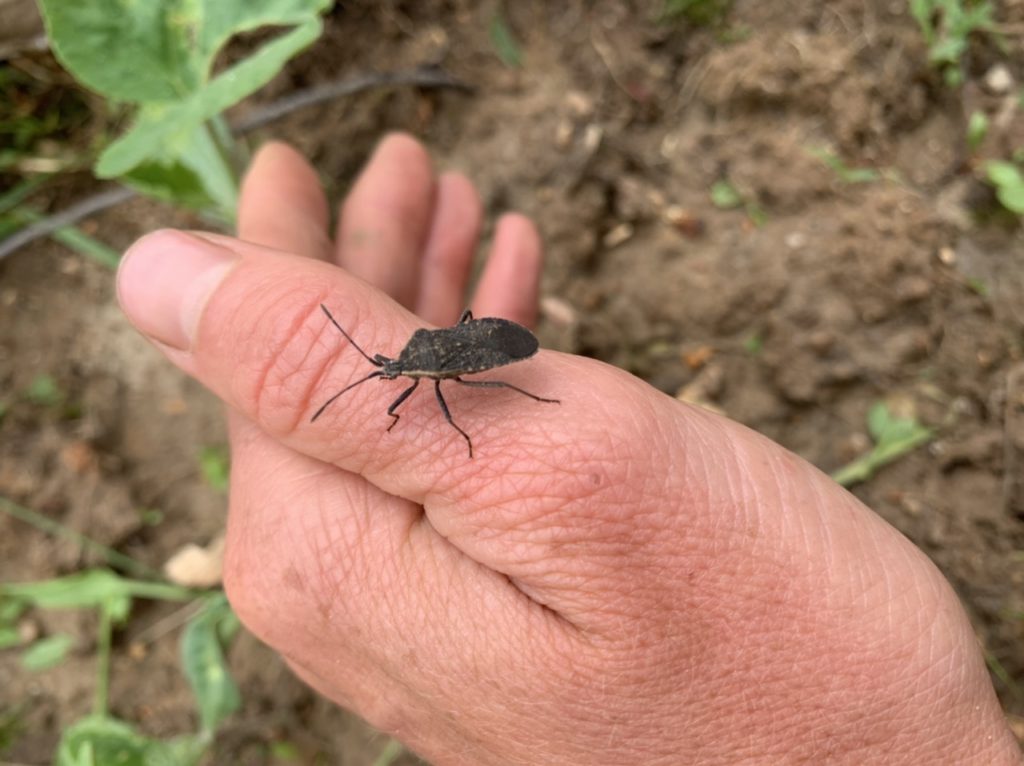
Can genetic selection take the place of management? It’s invigorating to work with evolution.
For my research I aim to create a Grex, also known as a flock of genetics. I am making a hybrid swarm of genetics and will save seed from the strongest, most resilient and productive plants. In early years my selection criteria will primarily be for survival. In creating a grex of such diversity, farmers and gardeners can select from my grex for their desired size, shape, taste, and other characteristics. In truth, this is a service I am happy to do for my community. I hope to inspire people, as Lofthouse and others have inspired me, to breed their own vegetable varieties (Carol Deppe’s book by that name has been very helpful for me).
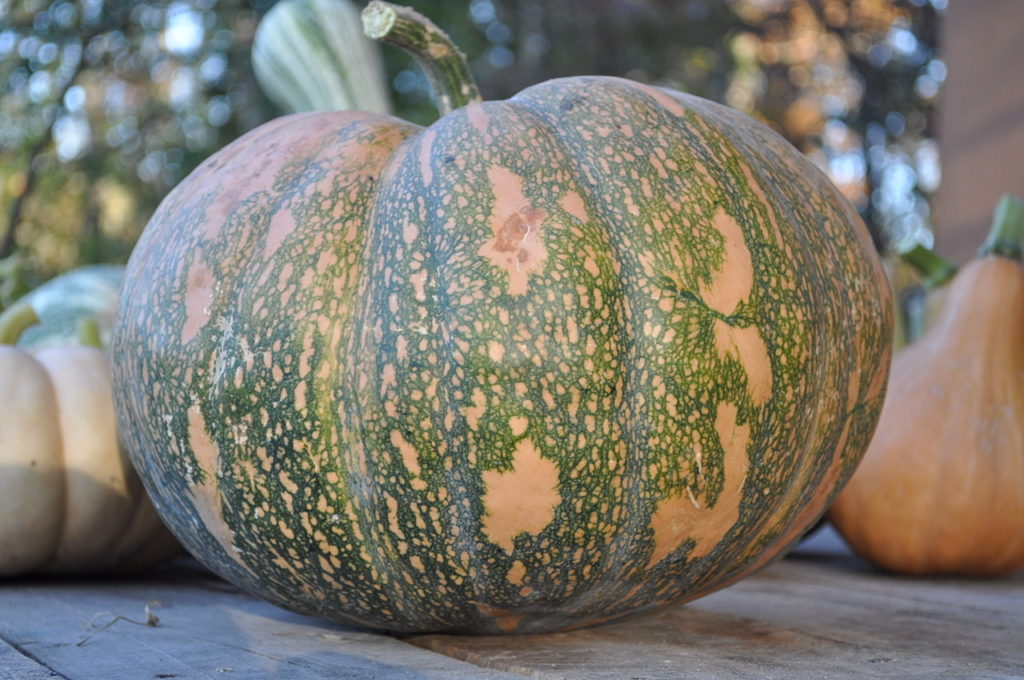
With increasing climate change, including uncharacteristic weather patterns, seeds that contain a lot of genetic diversity will be better suited to adapt. Inbred plants have lost much of that coded knowledge and so will not be able to meet our shifting times. I do believe more and more that the future of our seeds is in our hands as big agribusiness has taken over the research interests in many colleges (geared more toward GMO and high input crops).
This season I will continue sharing the developments of my project with you. I’ll share the good, the bad and the ugly. As the squash bugs mate and multiply, I imagine it will become very clear which plants are up to the task of out competing CYVD and the sucking action of the bugs themselves. By the end of the season, I hope to have a good amount of squash to save seed from to continue these trials in years to come! Stay tuned.
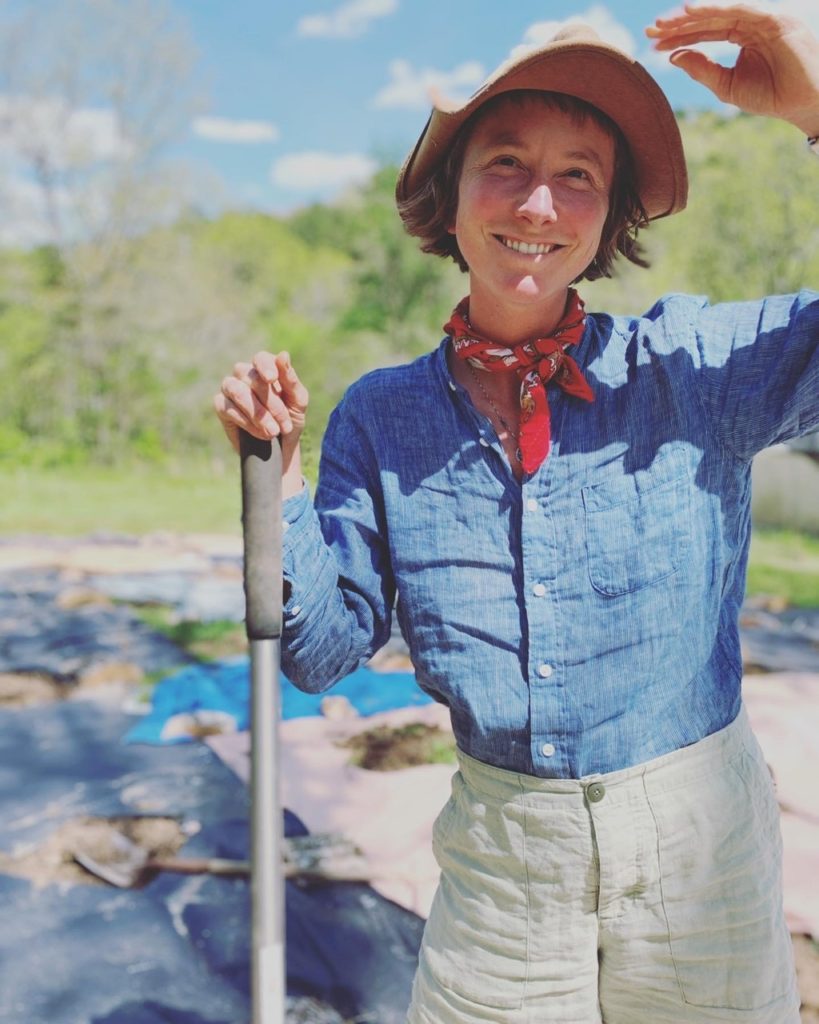
Thanks to the North Central SARE for funding this project this year through a farmer/rancher grant!
This material is based upon work that is supported by the National Institute of Food and Agriculture, U.S. Department of Agriculture, under agreement number 2020-38640-0085683 through the North Central Region SARE program under project number FNC21-1276. USDA is an equal opportunity employer and service provider. Any opinions, findings, conclusions, or recommendations expressed in this publication are those of the author(s) and do not necessarily reflect the view of the U.S. Department of Agriculture.
